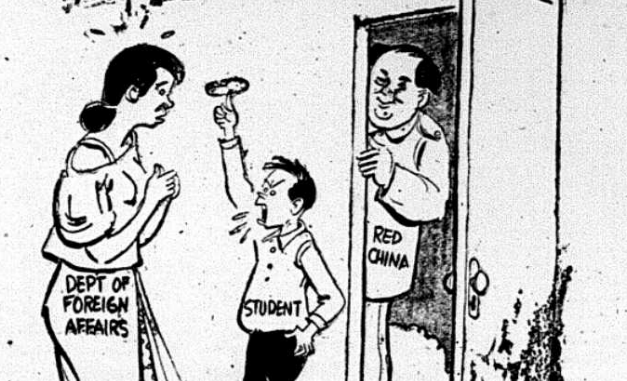In April 1967 the Partido Komunista ng Pilipinas (PKP) broke in two. It was this split that led to the founding of the new Communist Party of the Philippines (CPP) in 1968. In an article published in Critical Asian Studies in January, “The geopolitical alignments of diverging social interests: The Sino-Soviet split and the Partido Komunista ng Pilipinas, 1966-67,” I explore for the first time how it was that the PKP split along the lines of the Sino-Soviet dispute.
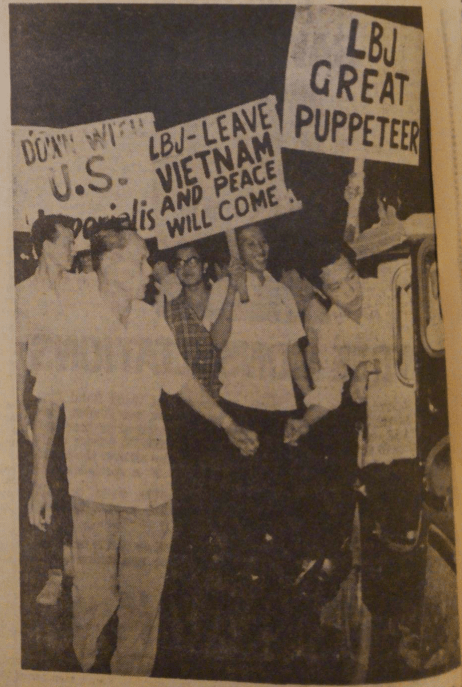
I demonstrate that a growing radicalization among youth put great pressure on the party which had supported Marcos for president in 1965 and was looking to retain ties with him. Contrary to popular conception, Jose Ma. Sison, a leading member of the PKP, did not foment or accentuate this radicalization. He sought by every means possible to contain it. He told radicalized students, protesting against police brutality, that the police force should not be denounced but should be won over to the perspective of nationalism through seminars. Attempting to hold the party together, he presented ‘anti-imperialist awards’ in December 1966 to the Lava leadership of the party.
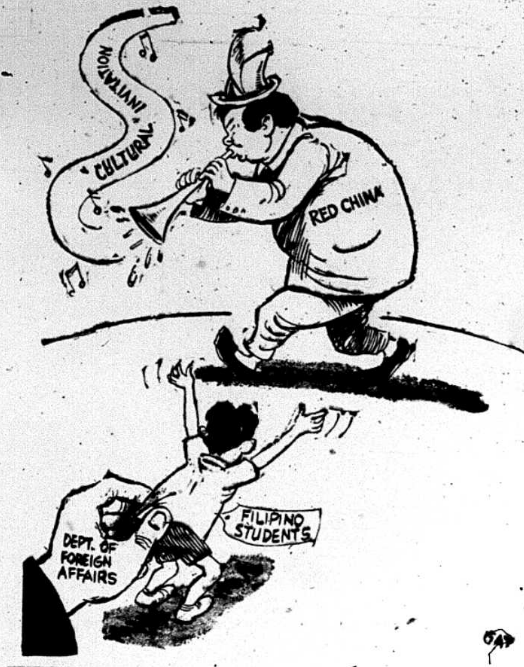
The rhetoric of Maoism, now at the height of the cultural revolution, gave ideological shape to the youthful revolt. My article demonstrates for the first time how Sison secretly traveled to China in 1966 and was present in Beijing when Mao launched the Cultural Revolution in August.
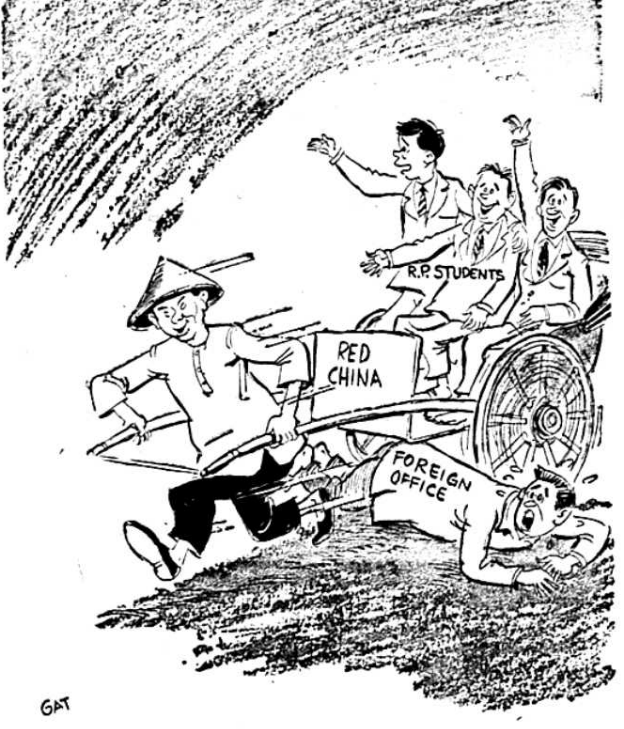
Marcos, meanwhile, launched secret diplomacy with the Soviet Union through his allies in the PKP.
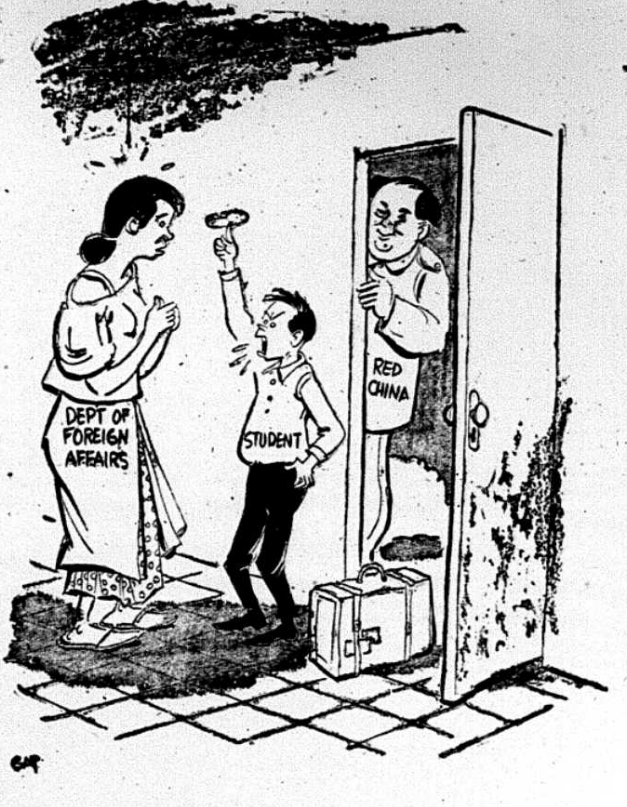
Marcos’ supporters in the legislature launched a red-tagging witchhunt against Sison in December. It is an interesting saga. Carmelo Barbero, the anti-communist congressman who orchestrated the witchhunt, was also engaged in quiet negotiations with the USSR on behalf of Marcos. His daughter studied at Lumumba University in Moscow.
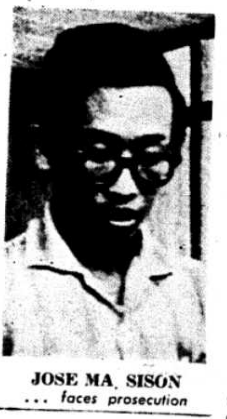
By early 1967 students were defying a travel ban and journeying to Beijing.
These tensions split the party. I conclude that “The contradiction at the heart of Stalinism, its quest to retain control over a mass movement and maintain ties with a section of the elite, tore through the party. In the final analysis, the split occurred not because of individual leaders but despite them.”
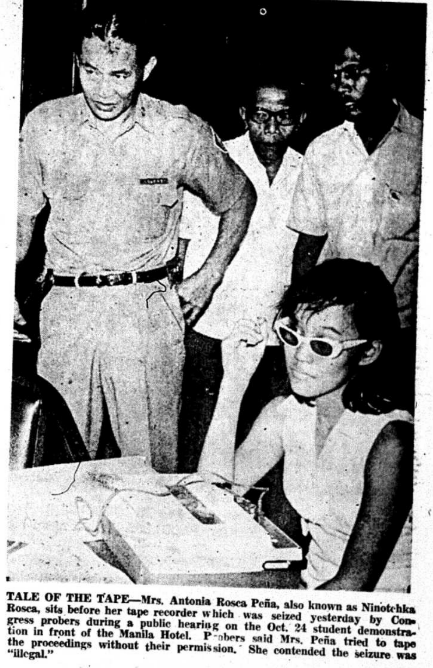
My article features a fascinating cast of characters, among them Jejomar Binay, Miriam Defensor, Ninotchka Rosca, Carlos Romulo, Voltaire Garcia, Narciso and Fidel Ramos, Teofisto Guingona, Tonypet Araneta, and Lyndon Baines Johnson.
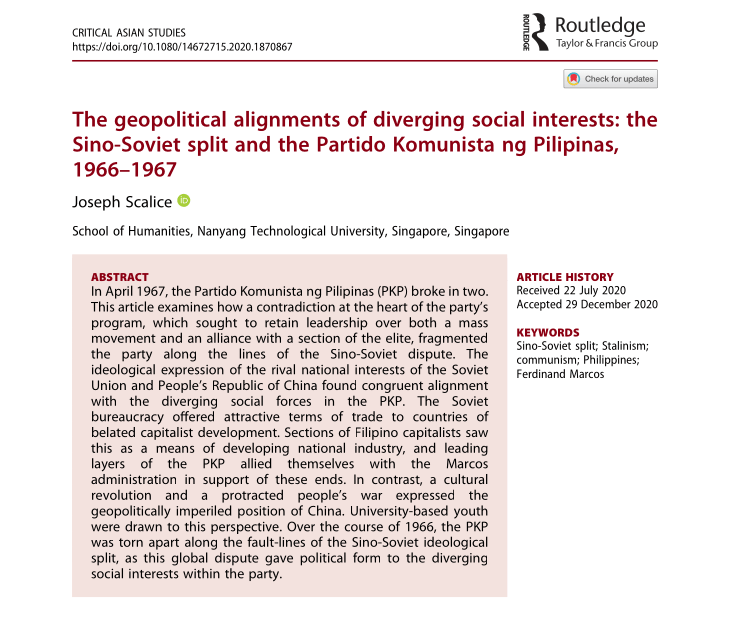
I think for a scholarly article it is a compelling read, even for the general public. You can find links here.

